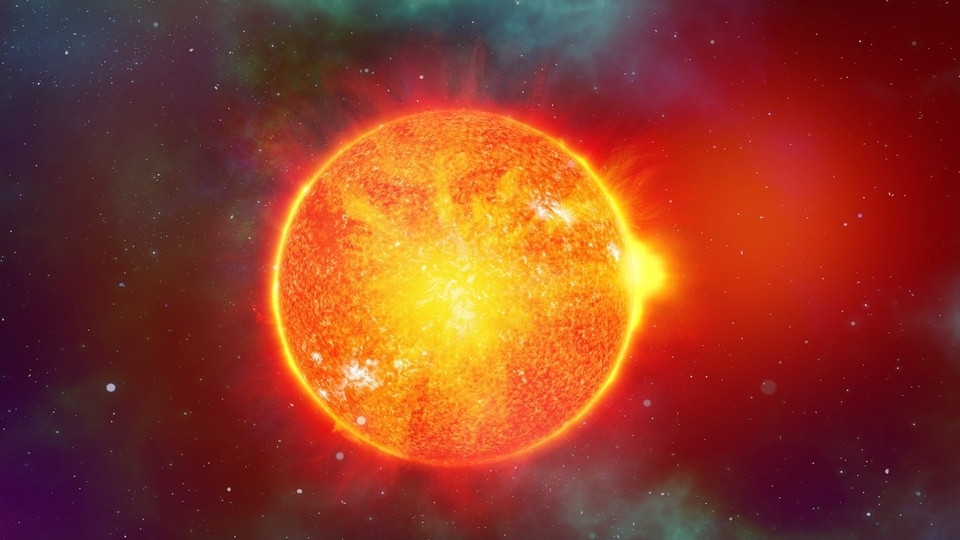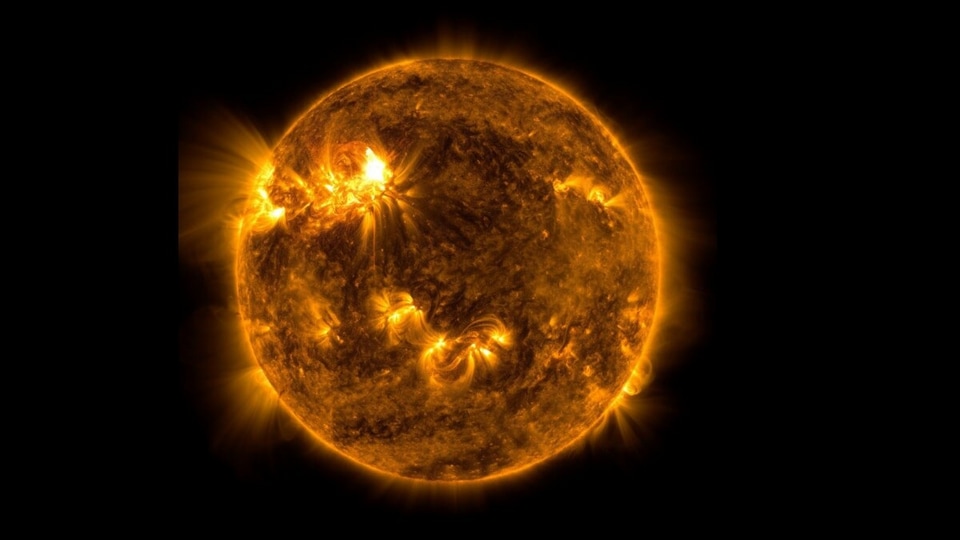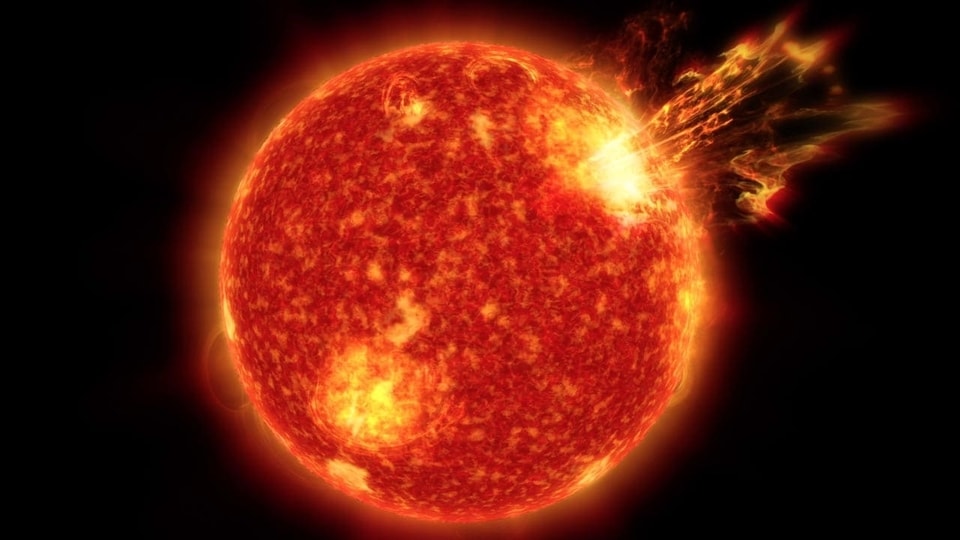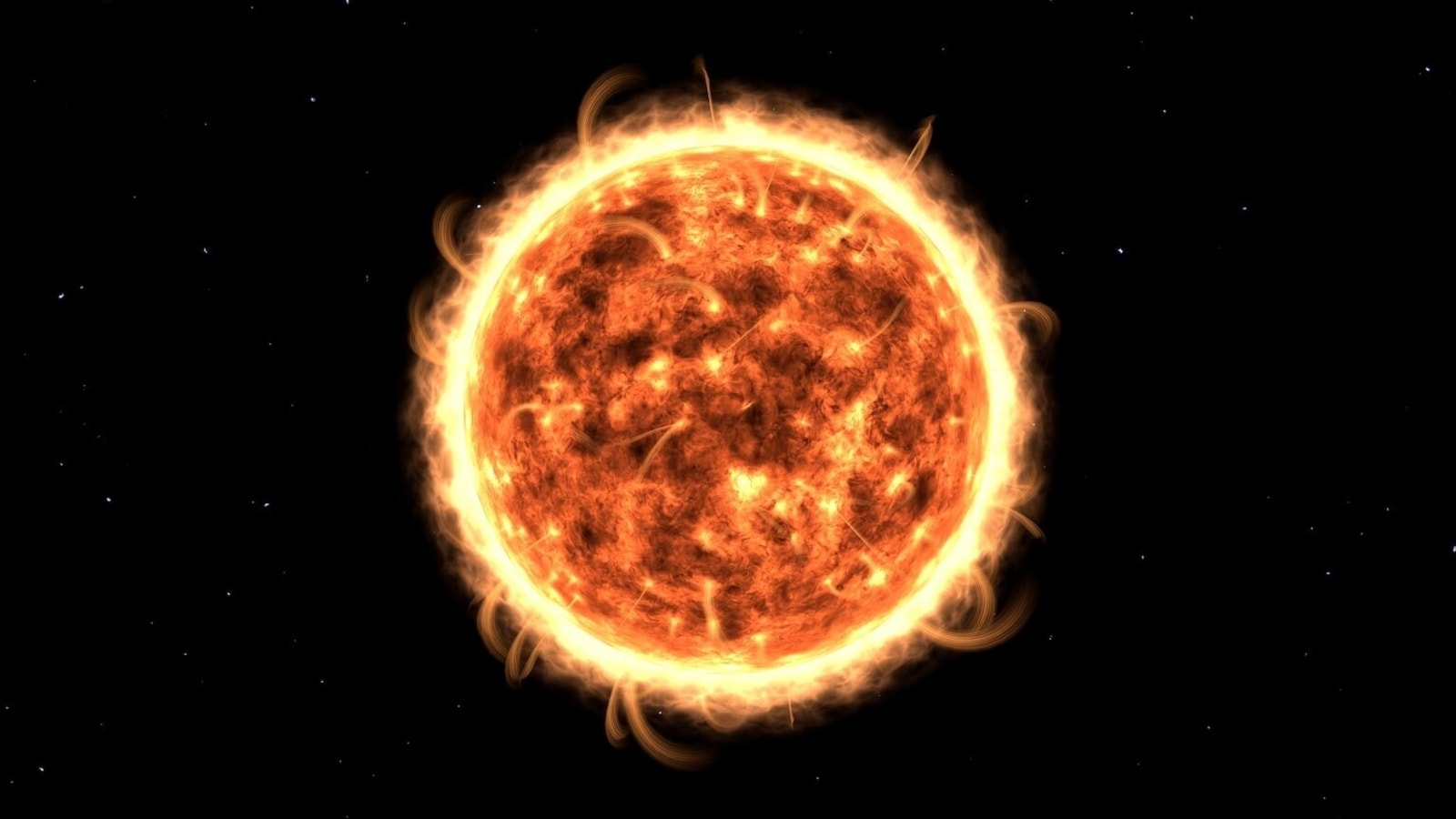Earth escapes impact of mighty 'X-1' solar flare amidst previous Cannibal flare concerns
Earth narrowly escapes powerful 'cannibal' solar flare impact, but encounters disruptive X-class burst; concerns rise over potential disruptions to communication systems and infrastructure.






 View all Images
View all ImagesIn recent developments, Earth has managed to dodge a potentially calamitous encounter with a "cannibal" solar flare, although the planet has been struck by a formidable solar storm capable of causing disruptions to communication systems.
Over the past few days, space weather forecasters had issued alerts about the potential impact of several formidable solar flares expelled from the Sun. Of particular concern was the "cannibal" solar flare, which had the potential to brush against Earth's atmosphere, according to a report by the Independent.
The Nature of "Cannibal" Solar Flares
"Cannibal" solar flares emerge when a subsequent solar outburst catches up with an earlier ejected burst and engulfs it. The amalgamation of energies from the two events results in an intensified discharge, rendering them significantly more potent than individual flares.
Nevertheless, the latest "cannibal" solar flare appears to have bypassed Earth. Initial projections indicated that its trajectory would merely graze the planet, making a miss a plausible outcome.
The Impact of an X-Class Flare
However, Earth was not entirely unscathed and was instead struck by an X-class flare, capable of generating significant disruptions on our planet.
This time the impact was sufficient to interfere with radio signals and navigation systems across North America. This disturbance was rated as an R3 blackout on a scale that ranges from 1 to 5. As a result, regions in the United States, Canada, and the Pacific Ocean were susceptible to interruptions in radio signals and navigational aids.
The Sun follows an 11-year cycle of activity, during which it produces varying quantities of "coronal mass ejections" or CMEs. Presently, the Sun is in a particularly active phase of this cycle. These CMEs are capable of generating energetic flares that collide with Earth, posing potential threats such as disruptions to energy grids and critical infrastructure.
The Magnitude of the Recent Flare
The most recent flare registered as an X1.5, marking the 20th X-class flare to impact Earth within the ongoing solar cycle. Originating from an exceptionally active region of the Sun, this flare followed a sequence of lesser eruptions, as noted by the UK's Met Office.
In spite of this, experts have indicated that the impact of the "minor ongoing solar radiation storm" is decreasing, and substantial disturbances are not anticipated in the days ahead.
Catch all the Latest Tech News, Mobile News, Laptop News, Gaming news, Wearables News , How To News, also keep up with us on Whatsapp channel,Twitter, Facebook, Google News, and Instagram. For our latest videos, subscribe to our YouTube channel.































